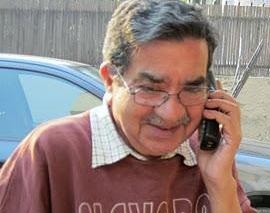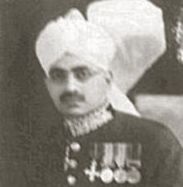
Jatinder Sethi was born in Lyallpur, now Faisalabad, in pre-Independence India. He finished his M.A. (English) from Delhi University in 1956, and went off to London to study Advertising in 1958. He passed his Membership Exam of The Institute of Practitioners in Advertising (M.I.P.A) in1965, and joined Rallis India in Bombay. Later, for over 20 years, he worked for the advertising agency Ogilvy &\; Mather. Now retired, he helps his son in his ad agency in Delhi.
My Nanaji, I think his name Mulakh Raj Ahuja, was a Surgeon and headed the administration in Sargodha (now in Pakistan) in around 1910. In those days, Civil Surgeons were also the Head of all District medical administration-it was a very powerful job. He married his older daughters in Bhera and Khushab to men from big Zamindar (landlord) families.
His youngest daughter, Lajwanti, my mother, got married to a man from Jhang who lived in Lyallpur (now Faisalabad, Pakistan). He was my father, Chaudhry Jai Ram Dass Sethi, BA LLB, who was a lawyer.
My eldest Mamaji, Shanti Narain Ahuja, who lived in Sargodha, was Punjab's leading criminal lawyer\; he had studied law in London. He had a big convertible car. And he was a very close friend of the Turray Waalay Khizar Hayat Khan and Sir Sikander Hayat Khan.

Sir Sikandar Hayat Khan with a turray pugree